If you have read all the articles that included in the current article series, you…
My E-mail appears as spam | The 7 major reasons | Part 5#17
In the following article and the next article (My E-mail appears as spam | The 7 major reasons | Part 6#17), we will review six major reasons that could lead to a scenario in which E-mail that is sent from our organization, identified as spam E-mail.
In the current article we will review the following causes:
- E-mail content
- Violation of the SMTP standards
- Bulk/Mass mail
Table of contents
In our journey to become internal/outbound spam professionals (unfortunately, at the current time, there is currently no such university degree), we will need to:
- Know about the major causes of internal/outbound spam scenario.
- Know what troubleshooting tools to use for detects the particular cause.
- Know what steps need to be implemented for avoiding such causes.
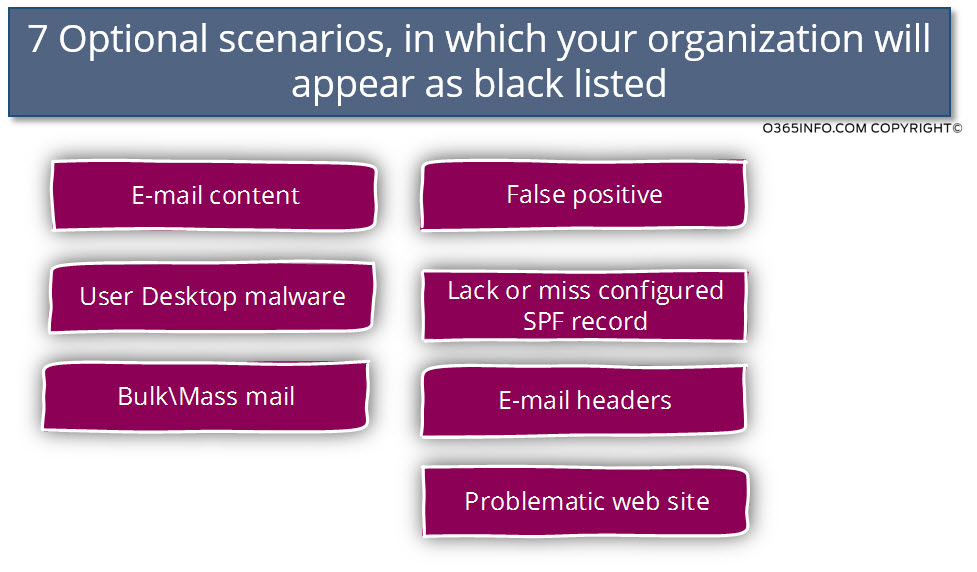
The last major reason for: “My E-mail appears as spam” is related to the SPF record infrastructure. We will review the subject of the SPF record in two dedicated articles:
1. E-mail content
A commercial E-mail (Marketing E-mail, mailing list, newsletters, etc.) that written improperly, could easily lead to a scenario in which E-mail that sent from your organization will recognize and classified as spam/junk mail. The mail specific content is one of the major causes of the internal/outbound spam problem.
The three top factors, which are responsible for a “problematic mail content” are:
- Specific words, phrases and writing style
- HTML coding
- Commercial E-mail “rules”
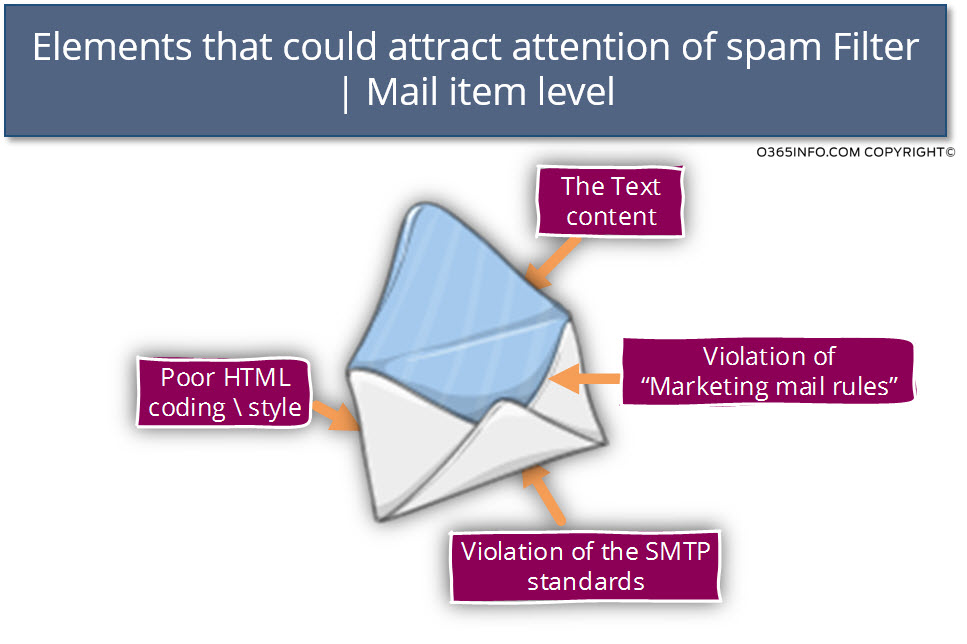
1. Mail content | specific words, phrases and writing style
Avoid from writing content that could be recognized as spam.
It’s highly recommended, to learn through about the subject of – how to write commercial E-mail in the “right way.”
The article: How to Avoid Spam Filters include good examples of E-mail content, which could be classified as spam or a “spammy criterion”.
For example, E-mail that includes one or more of the following charters:
- Using phrases like “Click here!” or “Once in a lifetime opportunity!”
- Excessive use of exclamation points!!!!!!!!!
- USING ALL CAPS, WHICH IS LIKE SCREAMING AT THE TOP OF YOUR LUNGS VIA EMAIL (especially in the subject line).
- Using bright red or green colored fonts.”
2. Bad HTML coding
Using a “Bad HTML coding” in your commercial E-mail could lead to a scenario, which attracts the attention of spam filters.
Examples for “Bad HTML coding” appear in the excellent article Most Common Spam Filter Triggers:
- BODY: HTML has a low ratio of text to image area (1,217 matches)
- BODY: Message only has text/html MIME parts (971)
- BODY: HTML has a low ratio of text to image area (729)
- BODY: HTML and text parts are different (625)
- Subject is all capitals (324)
- BODY: HTML and text parts are different (279)
- BODY: HTML: images with 2400-2800 bytes of words (211)
3. Violation of ?“Marketing mail rules”| Use the concept of: “permission-based emails”
When an organization uses the option of: “marketing mail”, we can define two major groups:
- Spam mail or an unsolicited E-mail
- Legitimate marketing mail described as – permission-based email marketing (also known as opt-in email). The meaning of permission-based email marketing “ is – sending commercial E-mail to people who have asked to receive them.
When sending a commercial E-mail to a distribution list, the basic assumption is that this “customer” asks or wants this E-mail message.
In case they want to stop getting our E-mails, they will need to have a way of asking us to stop sending then our E-mail.
One of the most elements that can cause to an external organization to classify your commercial E-mail is -the lack of the “un-subscribe option” that enable your customers to inform you that they are not interested in your marketing E-mails.
4. Your E-mail spam score
When your E-mail is reaching to the destination mail infrastructure, most of the “destination mail systems” will scan and verify the “integrity” of the E-mail item. For example, a spam filter that will scan your E-mail items and “stamp” your E-mail with a “spam score”.
The “spam score” is created after the particular mail infrastructure checks your E-mail message by using different parameters.
Each of the various parameters gets a specific score. In case that your E-mail item exceeds a certain threshold, your email will be classified as spam/junk mail. The outcome could be, a scenario in which your E-mail will be deleted by the destination mail server or, your E-mail will stamp as “spam mail”, which will lead to the scenario of E-mail message goes to the junk folder.
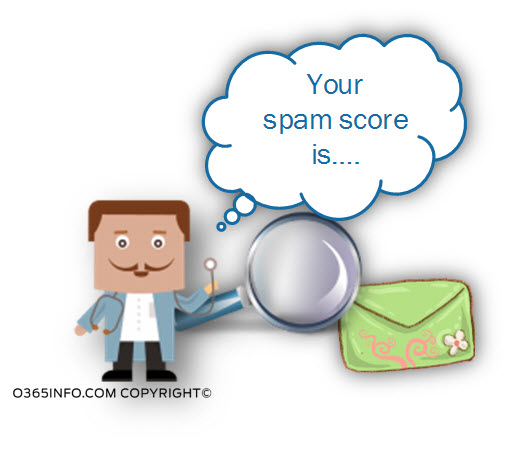
5. Best practice and recommendation for commercial E-mail
Test your “Marketing E-mail” spam score
In case that you have prepared a commercial E-mail, and you are going to send this mail to your customer, wait!
Before you hit the “send mail” key, which will send your E-mail to tens, hundreds or even thousands of recipients, it is highly recommended that you implement some kind of “spam testing procedure” that will enable you to get information about the “spam score” of your particular E-mail message.
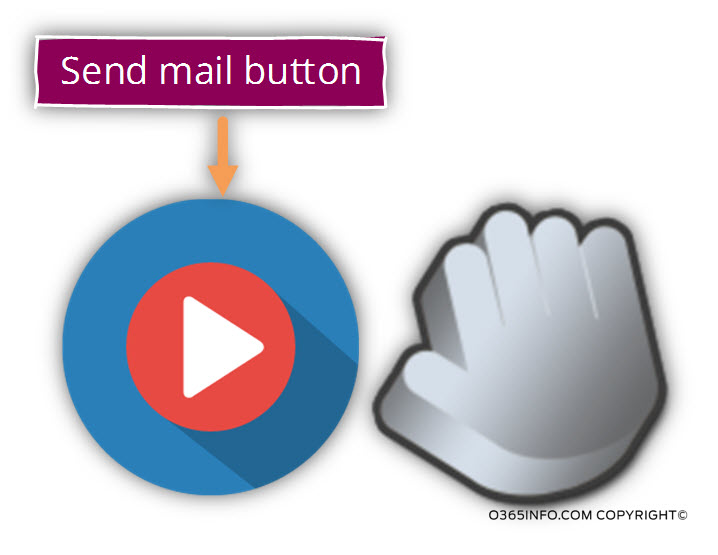
There are several “free online services” that will allow you to examine the marketing E-mail that you are going to send to your customer.
In the following section, we will demonstrate a nice and interesting tool: Test the Spammyness of your Emails.
This web-based tool can help us to get the value of the spam score and additionally, in case that the “spam test” discovers possible issues, the information is displayed in easy to understand way.
In the following screenshot, we can see that “spam test” result that we got by testing a particular E-mail item.
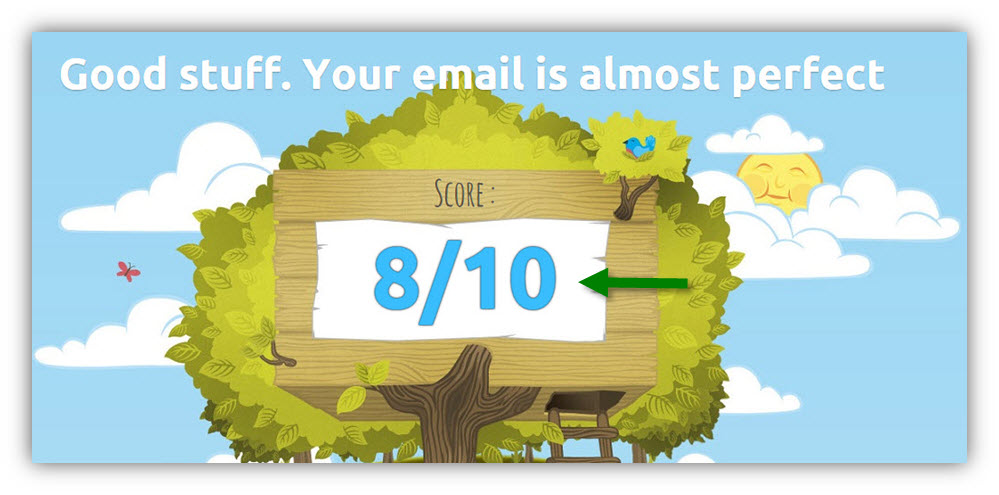
In our scenario, we can see that the score that we got (8 from 10) is because there are some issues. The “central issue” in our scenario, is that the organization domain name appears in one blacklist.
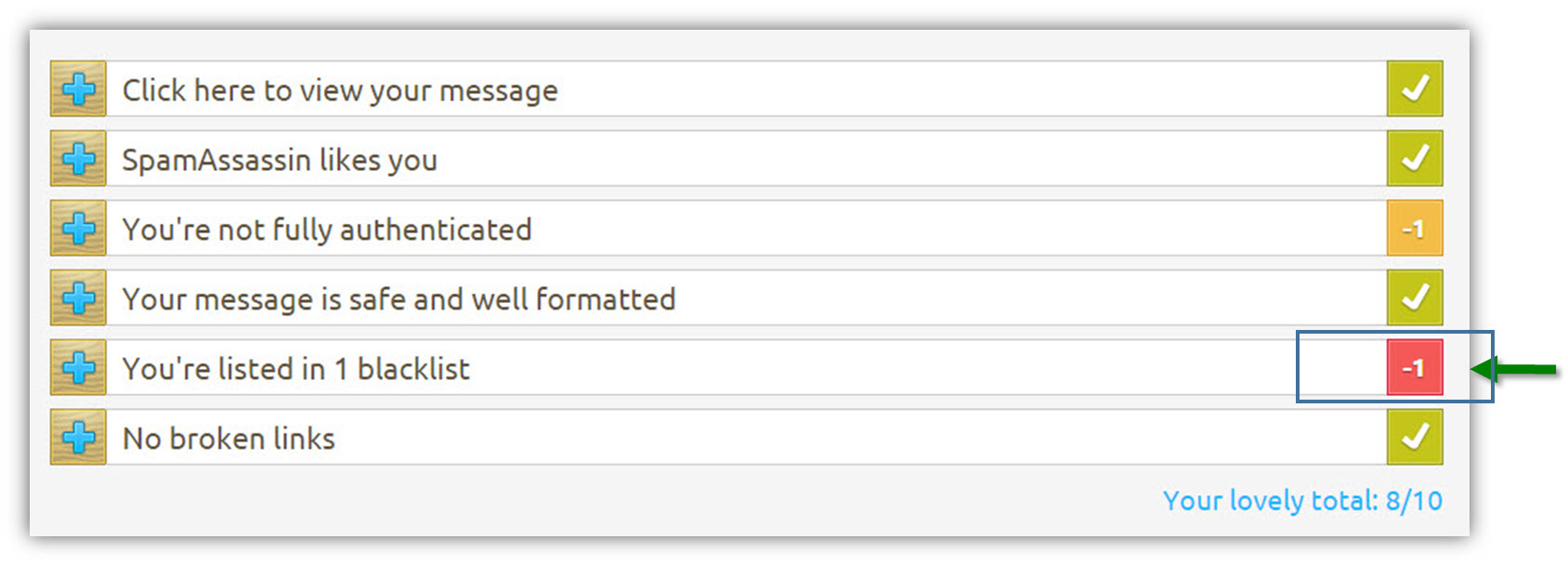
When clicking on the “red square”, we can get a detailed view that shows us the list of the blacklist providers checked + the backlist provider that registered our domain as blacklisted.
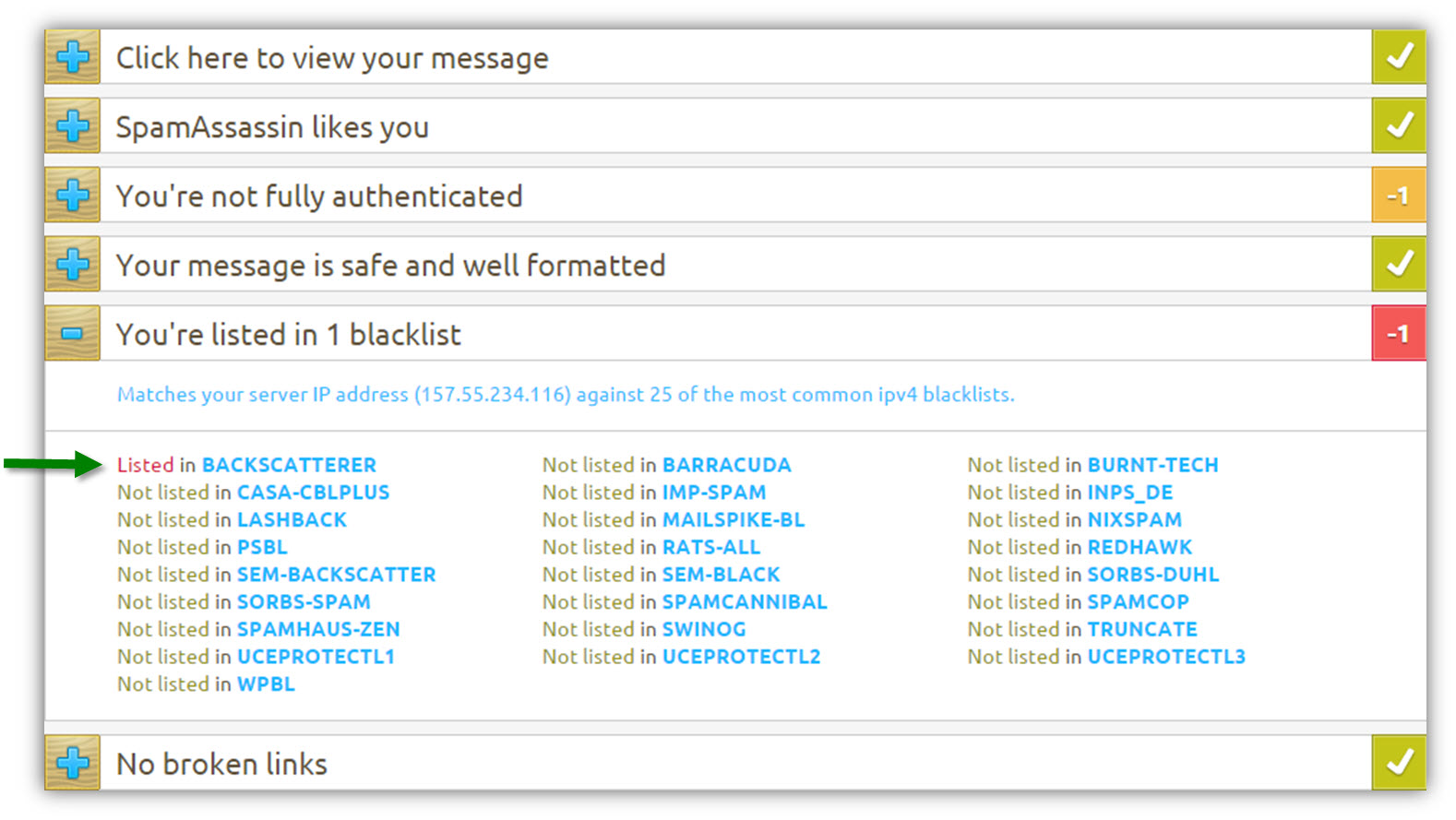
2. Violation of the SMTP standards
One if the prominent signs for spam E-mail, is an E-mail message that “violate” SMTP standards.
Spammers use this “violation of the SMTP standards” for covering their tracks or deceive the destination recipient. For example: by “declaring” that the E-mail sent from X while, in reality, the E-mail sent from Y.
The problem is that sometimes, even a legitimate organization that sends a “legitimate commercial E-mail”, could be sent out E-mails that could look to the destination side as a “suspicious E-mail” or E-mail that violates SMTP standards.
A possible example of signs, which can lead to a scenario in which an E-mail message will be identified a spam/junk mail could be:
1. From: and Reply To: address is different:
In a “standard” E-mail message, the “From” field and the: “Reply To” field include the same recipient name (E-mail address).
The scenario in which the From: and “Reply To”: address is different, could be a sign of spam/junk mail, but at the same time, this is also very common with the newsletter’s E-mails.
The Message subject contains an E-mail address.
Spammers use this method to mislead the destination recipient and make him think that the E-mail is legitimate.
2. Empty To: field:
Spammers use this method because they send bulk E-mail to hundreds or even thousands of recipients and, they want to hide this information from the destination recipient.
For this reason, they add the list of the destination recipient to the BCC field.
3. Bulk/Mass mail
One of the most common risks when sending a commercial E-mail to a large number of recipients is – that external mail system will recognize your mail server as a “bulk mailer’s server” and, for this reason, E-mails that will be sent from your mail server are we classified as spam/junk mail.
Q: Does Exchange Online “identify” outbound bulk mail scenarios?
A: The answer is: “Yes”, an Exchange use a spam filter that uses a rating system named: Bulk Complaint Level (BCL) rating.
As far as I know, the method of Bulk Complaint Level (BCL) rating is used only by “Exchange-based mail servers.”
Regarding outbound spam mail, in case that the Exchange Online recognizes a scenario which can consider as “bulk mail,” the E-mail message will be routed to the Exchange Online- High Risk Delivery Pool. In more critical cases, the Office 365 recipients will be blocked and will not be able to continue to send Outlook E-mail messages.
Disabling of offending accounts when they send too much email marked as spam.
Even though we segregate our spam and non-spam into two separate outbound IP pools, the email accounts cannot send spam indefinitely. We monitor which accounts are sending spam and if it exceeds a limit, the account is blocked from sending spam.
Q: Can I use Exchange Online as a solution for bulk E-mail?
A: The simple answer is: No!
Let’s start from the end: Office 365 and Exchange Online is not the “right” infrastructure for implementing a business need for bulk mail.
Technically speaking, the Exchange Online infrastructure “allow” a maximum of 10,000 mail items per users but, there is an additional limitation such as the maximum number of mail items per hour and more.
The “declaration” that Exchange Online is not considered a suitable solution for bulk E-mail, appear in the public Microsoft article: Exchange Online Limits.
Exchange Online customers who need to send legitimate bulk commercial email (for example, customer newsletters) should use third-party providers who specialize in these services.
Other information that relates to subjects of bulk E-mail:
Use a 3rd party bulk emailer to send the mass communication.
There are several 3rd party bulk emailers whose sole business it is to send bulk email. They can work with customers to ensure that they have been well emailing practices, and they have resources dedicated to enforcing it.
The Messaging, Mobile, Malware Anti-Abuse Working Group (MAAWG) publishes its membership roster.
Several bulk email providers are on the list and are known to be responsible Internet citizens.
You can read additional information about this subject in the article Commercial E-mail – Using the right tools | Office 365 | Part 4#17.
Q: What could be considered as a suitable solution for bulk E-mail?
A: The simple answer is: using a third-party provider, that specialized in providing a solution for bulk E-mail.
Q: Can you recommend or provide me a name of such bulk mail providers?
A: You will have to look for yourself for this kind of services. If it helps, there are websites such as: “Anti-Abuse Working Group (MAAWG), which provide a list or “recommended” or well know bulk mail providers
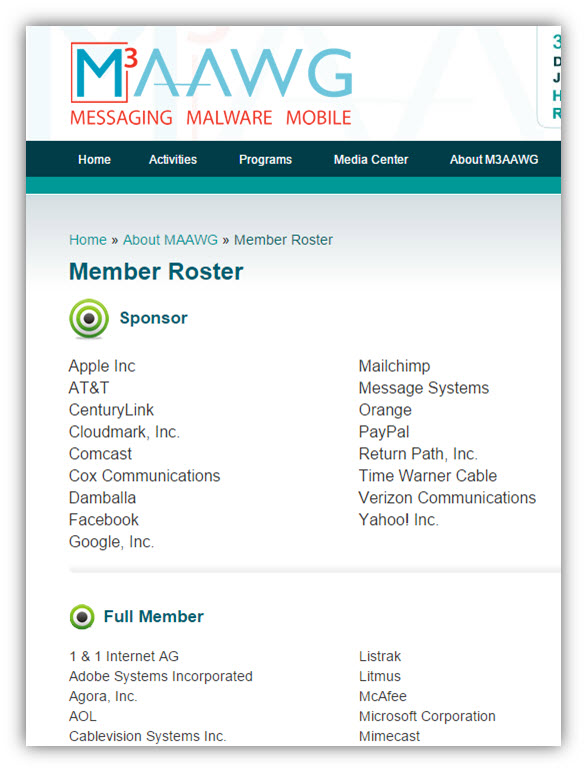
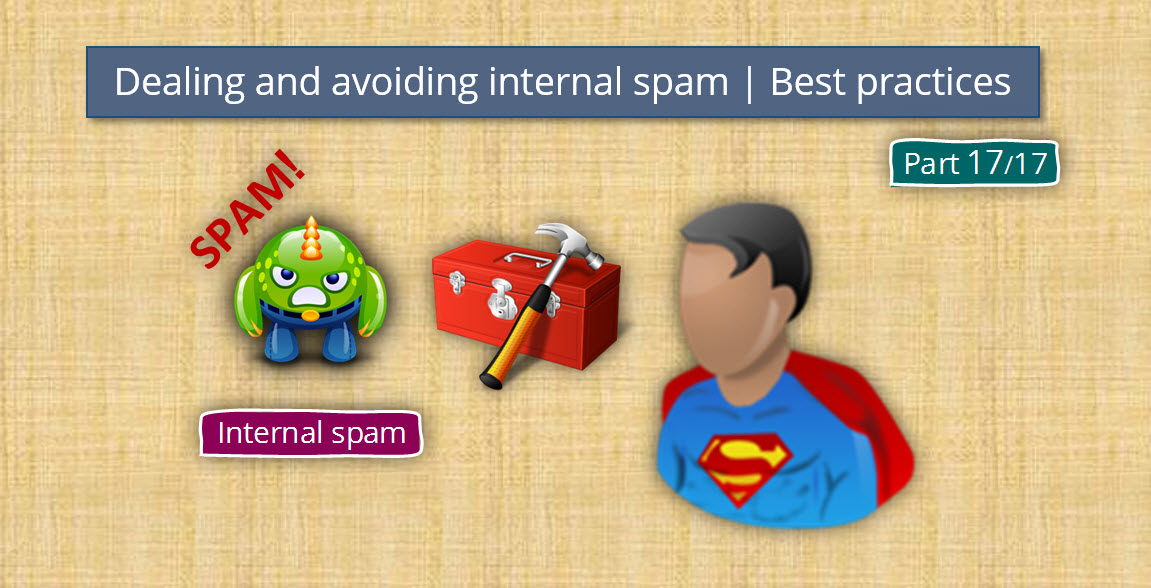
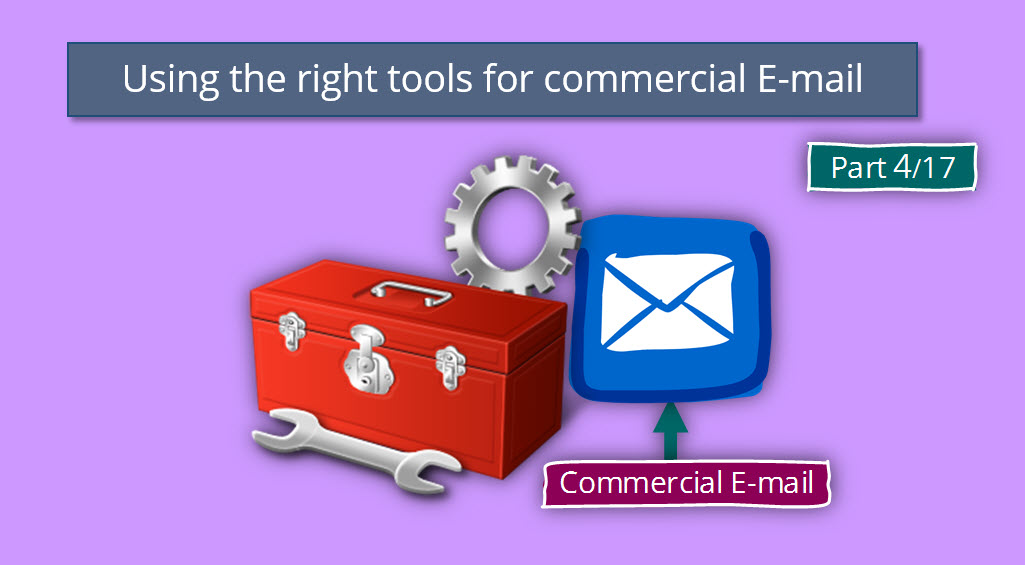
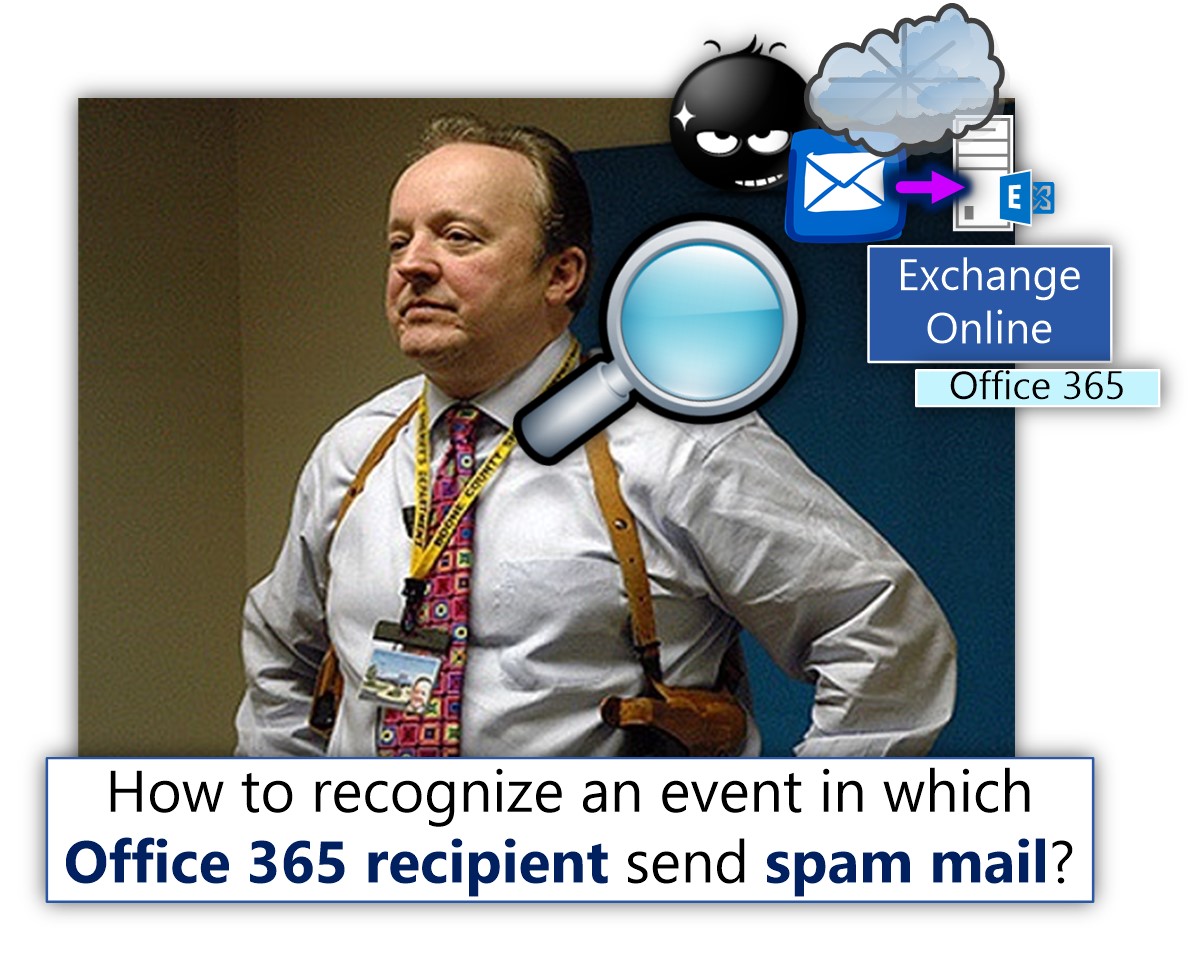
This Post Has 0 Comments